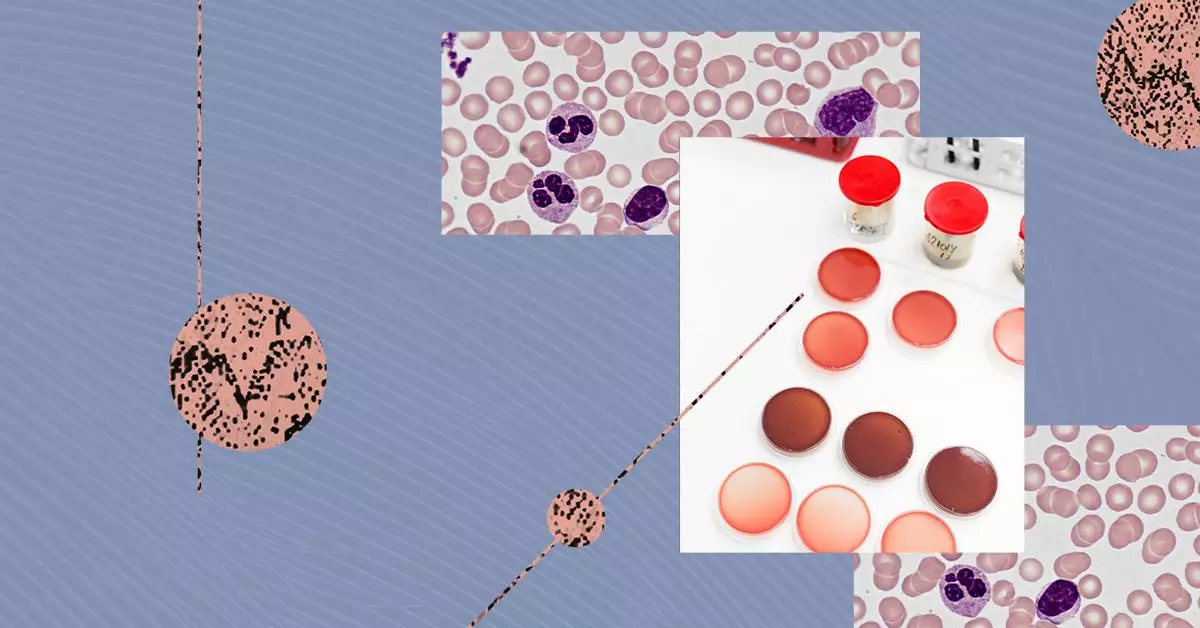Multiple myeloma (MM) is a complex form of cancer that arises from plasma cells, a specialized type of white blood cell responsible for producing antibodies. Characterizing the various forms of MM is crucial, not only for understanding the disease better but also for tailoring specific treatment strategies. Identifying the specific type of myeloma can substantially influence prognostic outcomes and management. This article will delve into the primary categories of multiple myeloma while exploring related conditions that can either manifest mildly or predispose individuals to this malignancy.
The study of multiple myeloma reveals that there are several distinct types, each underpinned by unique biochemical processes and clinical characteristics. The four main types classified are typical myeloma, light chain multiple myeloma (LCMM), nonsecretory myeloma (NSM), and IgM myeloma. Each of these presents specific challenges in diagnosis and treatment.
The most prevalent form, **typical myeloma**, is further divided into subtypes based on the type of immunoglobulin the atypical plasma cells produce. The primary immunoglobulins involved are IgG and IgA, with IgG myeloma being the most commonly diagnosed subtype. The distinction between kappa and lambda light chains is also essential, as these classifications help medical professionals strategize treatment approaches effectively.
Light chain multiple myeloma, often referred to as Bence-Jones myeloma, is characterized by the production of abnormal light chains without corresponding heavy chains. This condition is less common than typical myeloma but is known for its aggressive clinical course. Patients diagnosed with LCMM may experience a more rapid disease progression, and their treatment options may differ significantly from those with typical myeloma. Clinical studies indicate that the prognosis for patients with LCMM tends to be less favorable, making early identification vital.
Another subtype, **nonsecretory myeloma**, poses unique hurdles for both diagnosis and management. This form is characterized by the almost complete absence of detectable monoclonal proteins in the blood or urine. Because nonsecretory myeloma accounts for only 1% to 5% of all myeloma cases, its rare nature makes this subtype an enigmatic challenge for clinicians. The lack of typical diagnostic markers necessitates a more comprehensive approach to monitoring and treatment, as traditional markers may not adequately indicate disease progression.
IgM myeloma represents another uncommon type of multiple myeloma, occurring in less than half a percent of all cases. Its clinical presentation can often mimic a related condition called Waldenström macroglobulinemia. Distinguishing between these two disorders is crucial, as treatment protocols can differ significantly. This rarity indicates the need for systemic awareness and education among healthcare providers to ensure accurate diagnosis and provide appropriate supportive care.
Understanding multiple myeloma extends beyond its direct types to encompass various related plasma cell disorders. Conditions such as smoldering multiple myeloma (SMM), solitary plasmacytoma, monoclonal gammopathy of undetermined significance (MGUS), and light chain amyloidosis (LCA) can indicate the potential for eventual progression to active MM.
For instance, **MGUS** is identified in individuals who display monoclonal proteins without presenting with a tumor significant enough to qualify as active disease. Although not cancerous, MGUS patients need regular monitoring as there is a heightened risk of developing more serious conditions such as MM or lymphoma over time.
**Smoldering multiple myeloma** is another early form characterized by the presence of elevated plasma cells or proteins without symptomatic disease. Patients with SMM generally don’t require immediate treatment, yet careful observation is crucial for those whose condition may progress more quickly toward active myeloma.
**Light chain amyloidosis**, while involving atypical plasma cells, reflects a different pathological manifestation where excessive light chains accumulate in body tissues, influencing organ function. This condition in itself is not classified as multiple myeloma; however, it signifies the importance of monitoring for potential myeloma development.
The landscape of multiple myeloma is complex and richly varied, with distinct classifications impacting patient outcomes. Each type of myeloma and related plasma cell disorder offers unique challenges that underscore the necessity for vigilant monitoring and personalized treatment approaches. Understanding these nuances not only aids healthcare providers in making informed clinical decisions but also empowers patients by enhancing awareness of their conditions. As research continues to evolve in this area, the future of myeloma management promises advancements in diagnostic techniques and novel therapeutic strategies tailored to these diverse subtypes.

